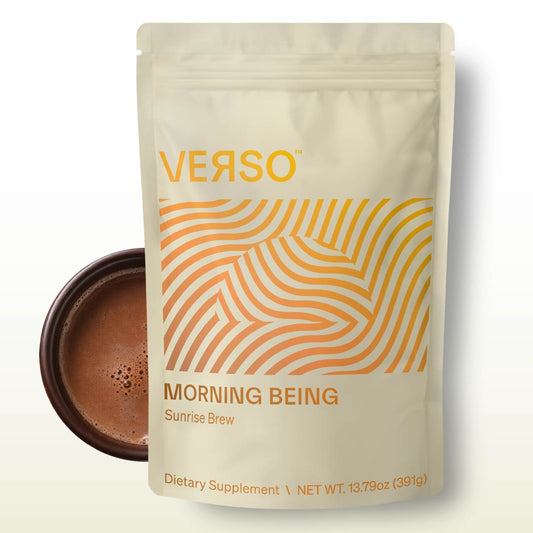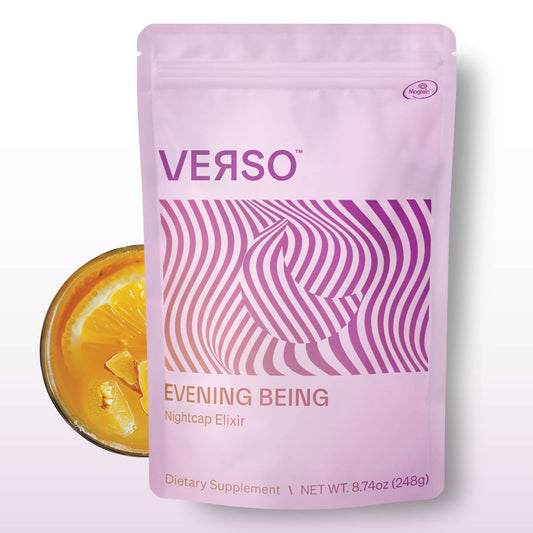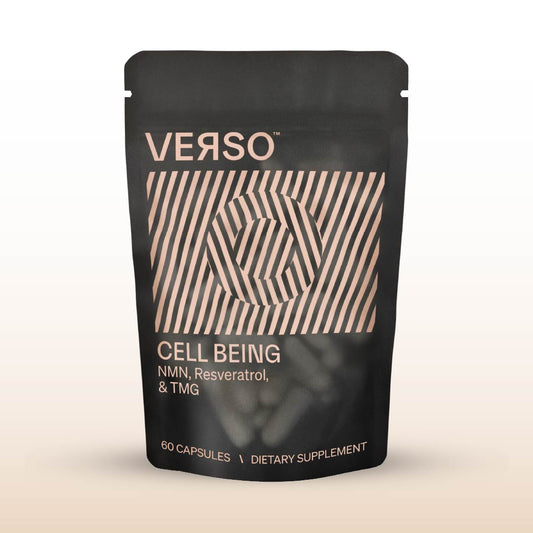Disclaimer:
VERSO® is not affiliated with any of the below referenced studies. The authors of these studies are not affiliated with VERSO®.
-
Human Safety Trial of NMN
This is the first human trial demonstrating NMN is safe and well tolerated at the dosages used: Effect of oral administration of nicotinamide mononucleotide on clinical parameters and nicotinamide metabolite levels in healthy Japanese men -
NMN enhances aerobic capacity in amateur runners:
Investigation into the effects of a combination of exercise training and supplementation with nicotinamide mononucleotide (NMN): Nicotinamide mononucleotide supplementation enhances aerobic capacity in amateur runners: a randomized, double-blind study -
NMN increases insulin sensitivity in prediabetic women:
NMN increases muscle insulin sensitivity, insulin signaling and remodeling in women with prediabetes who are overweight or obese:
Nicotinamide mononucleotide increases muscle insulin sensitivity in prediabetic women - NMN Restores Brain Function by Improving Neurovascular Coupling NMN shows to have cerebral microvascular protective effects in aged mice and findings pose the question of NMN as a potential therapy to prevent aged-induced vascular cognitive impairment: Nicotinamide mononucleotide (NMN) supplementation rescues cerebromicrovascular endothelial function and neurovascular coupling responses and improves cognitive function in aged mice
- NMN administered for seven days improved insulin sensitivity and improved glucose intolerance compared to mice not given NMN: Nicotinamide Mononucleotide, a Key NAD+ Intermediate, Treats the Pathophysiology of Diet- and Age-Induced Diabetes in Mice
-
Female mice that were given an obesogenic diet were given NMN for 17 days and showed increased NAD+ levels in the liver and muscle. In addition, their glucose tolerance improved compared to mice fed an obesogenic diet without NMN:
Head to Head Comparison of Short-Term Treatment with the NAD+ Precursor Nicotinamide Mononucleotide (NMN) and 6 Weeks of Exercise in Obese Female Mice -
NMN has shown improved cognition and memory in Alzheimer’s with rodent models. Rats were given NMN every day for 10 days and showed sustained improvement in cognitive function, in addition to attenuation of neuronal cell death:
Nicotinamide mononucleotide protects against β-amyloid oligomer-induced cognitive impairment and neuronal death -
Mice with Alzheimer’s disease were given NMN every other day for 28 days and showed improved brain mitochondria respiratory capacity:
Effect of nicotinamide mononucleotide on brain mitochondrial respiratory deficits in an Alzheimer’s disease-relevant murine model -
NMN decreased beta-amyloid production and inflammatory responses in mice genetically predisposed to develop Alzheimer’s disease:
Effect of nicotinamide mononucleotide on brain mitochondrial respiratory deficits in an Alzheimer’s disease-relevant murine model -
Dietary administration of NMN in a long-term rodent study mitigated age-associated physiological decline in mice during normal aging. Results showed a dose-dependent reduction in body weight of 4% (100mg/kg/body weight) and 9% (300mg/kg/bodyweight), compared to mice not given NMN. In addition, the NMN fed mice had improved skeletal muscle, mitochondrial function, increased energy expenditure, increased bone density, and decreased insulin resistance in a dose dependent manner:
Long-Term Administration of Nicotinamide Mononucleotide Mitigates Age-Associated Physiological Decline in Mice -
Rodent study where NMN was given to old mice stimulated repair of DNA damage through PARP1:
Effect of nicotinamide mononucleotide on brain mitochondrial respiratory deficits in an Alzheimer’s disease-relevant murine model -
NMN given to mice reversed mitochondrial protein hyperacetylation and delayed development of heart failure:
Normalization of NAD+ Redox Balance as a Therapy for Heart Failure -
NR has been shown to be unstable and quickly degrades into nicotinamide in murine plasma or fetal-bovine-serum containing culture medium. NMN does not do this:
NRK1 controls nicotinamide mononucleotide and nicotinamide riboside metabolism in mammalian cells -
NMN raises NAD+ levels in multiple tissues and organs, but NR’s ability to raise NAD+ levels in tissues and organs is questionable: There’s been a debate to where NR is actually being converted into NAD+ inside cells and in different organs aside from the liver. When NR was administered orally in a study done by Dr. Joshua Rabinowitz, it did not form NAD+ in the muscle, but it did in the liver. NR increases NAD+ levels in the liver, but not skeletal muscles:
Quantitative Analysis of NAD Synthesis-Breakdown Fluxes VS NMN increases NAD+ in the liver, skeletal muscle, and cortex of the brain: Long-Term Administration of Nicotinamide Mononucleotide Mitigates Age-Associated Physiological Decline in Mice





